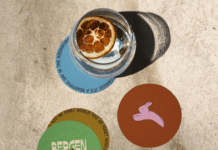My family moved here in the 1500s, so I’ve always been interested in the history of our nation. American history, from the landing of Columbus onward, is about individuals and how their efforts impacted our brand new country. Here on the East Coast, we sometimes forget that the settlements and history go back many hundreds of years. There is a lot of history all around us that we often overlook.
While I could expound on the history of Jersey City or Bergen-Lafayette (“Bergen” is “hill” in Dutch and Lafayette was a French general that helped us win the Revolutionary War), I want to focus on a particular individual in my BeLa area and his contributions to JC, the US and the world. That gentleman is Peter Henderson.
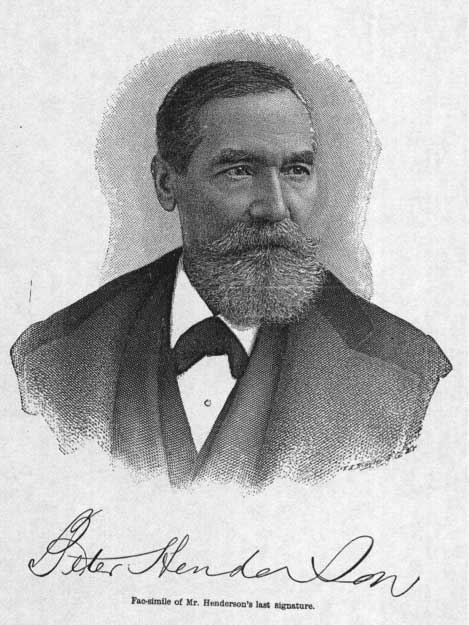
To give the interesting bits first, Peter Henderson was the father of seeds by mail. He first popularized the notion of gardening as a leisure activity and is known as “the father of horticulture and ornamental gardening” in the United States. His first book, Gardening for Profit, became known by gardeners as the “bible” for fifty years.
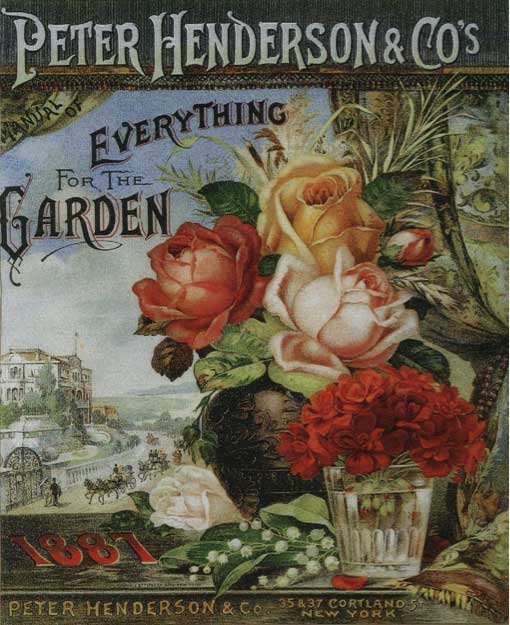 Mr. Henderson, a Scottish immigrant, moved to Jersey City in 1843 at 21 years old. Already an accomplished and awarded horticulturist, over the next three years, he designed gardens in SC, PA, Long Island and Philadelphia. In 1847, he and his brother James moved to Van Vorst Township (now JC, obviously) to start and work on their own seed and garden business.
Mr. Henderson, a Scottish immigrant, moved to Jersey City in 1843 at 21 years old. Already an accomplished and awarded horticulturist, over the next three years, he designed gardens in SC, PA, Long Island and Philadelphia. In 1847, he and his brother James moved to Van Vorst Township (now JC, obviously) to start and work on their own seed and garden business.
In 1851, he designed and built Van Vorst Park in the Victorian garden style.
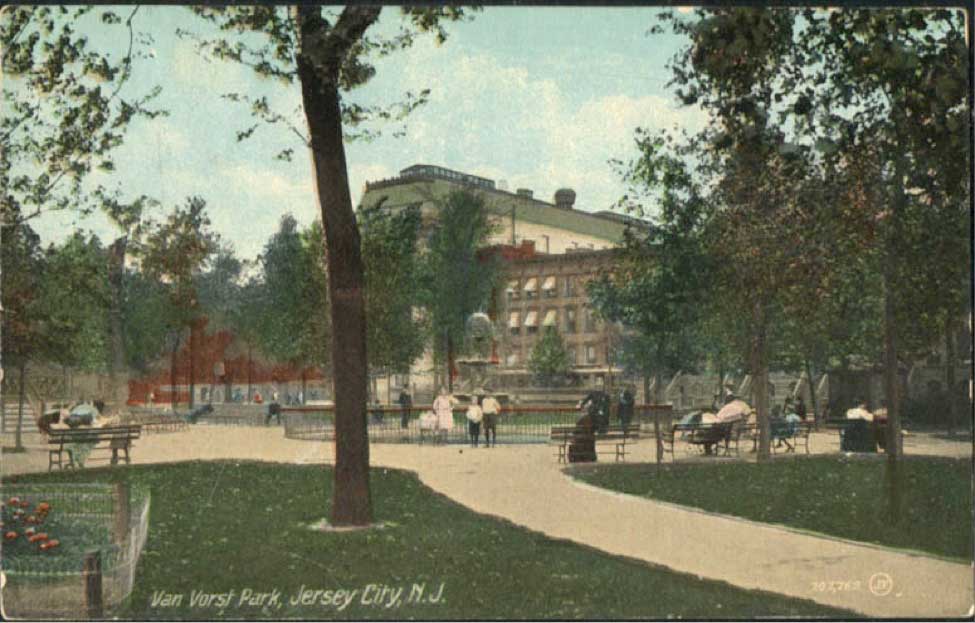
In 1863, he moved the business to South Bergen on Arlington (formerly Vreeland Ave) and Garfield avenues. Here he purchased ten acres in the vicinity of his home on Arlington Avenue and had twelve heated and ventilated greenhouses, pits and frames. At the time his greenhouses were considered the best in the world. He built his house on Arlington and Bramhall and managed his greenhouses that stretched from Arlington all the way across Randolph to Garfield Avenue. (I live on the land where his greenhouses were.)
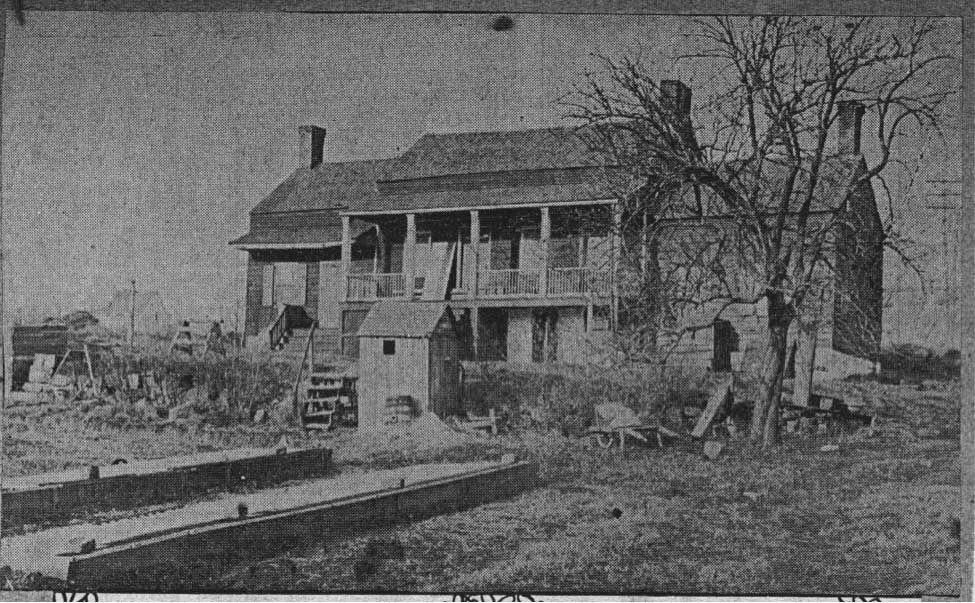
Considered innovative at the time, he incorporated industry byproducts into his gardening technique. For example, he reused hops from 3 different breweries for fertilizer and mulch. From a sugar and a molasses company he used “sugar house scum” as well as scraps from a tobacco factory for insecticide. And he processed his own blend of soil nutrients using manure and bonemeal from local stockades.
He sold his seeds and plants across the river on John Street in NYC, setting the standard for the marketing of seed catalogs and seed testing. He also adapted plants to our environment including the zinnia and pansy.

According to Robert F. Becker of The American Horticulturist, “Henderson was an extraordinary teacher, leader, and guide, who helped pave the way for horticulture to emerge as a true science and to keep pace with the age of modern technology” (28). He established a nationwide reputation for ornamental gardening and seed catalogs that was unprecedented for its time.
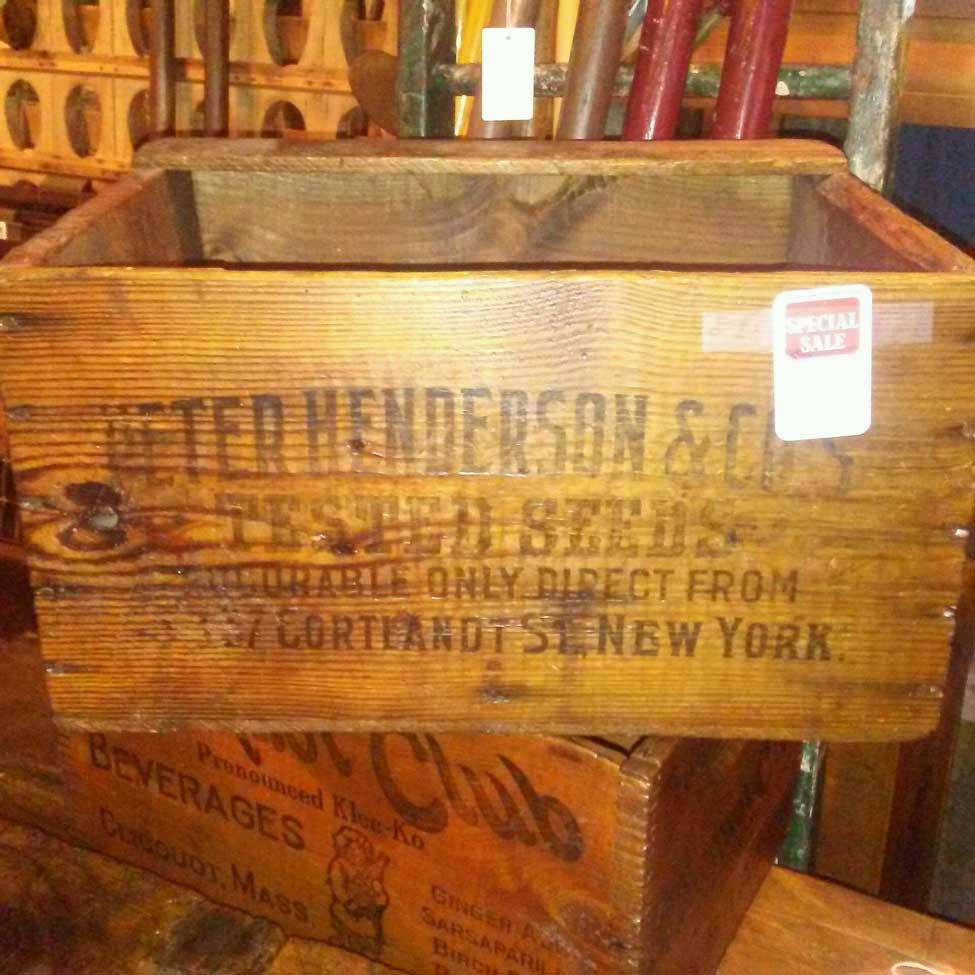
So every time you plant a new flower, raise a toast to Peter Henderson and remember, it all started in Jersey City!
